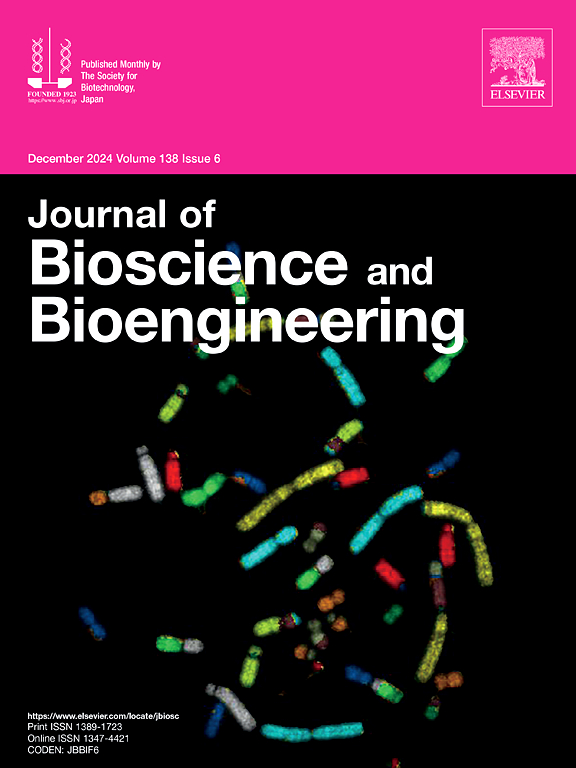Recent advances in single-cell RNA sequencing of bacteria: Techniques, challenges, and applications
IF 2.9
4区 生物学
Q3 BIOTECHNOLOGY & APPLIED MICROBIOLOGY
引用次数: 0
Abstract
Single-cell RNA sequencing (scRNA-seq) has revolutionized our understanding of cellular heterogeneity in complex biological systems. While this technology has been widely applied to eukaryotic cells, its adaptation to bacterial systems has been challenging due to the unique characteristics of bacterial transcripts. This review surveys the recent developments in bacterial scRNA-seq techniques, highlighting the technical challenges, methodological innovations, and emerging applications in microbiology. We discuss the key differences between eukaryotic and bacterial RNA-seq approaches, focusing on the strategies to overcome limitations such as the lack of poly-A tails in bacterial mRNAs and the low RNA content in individual bacterial cells. The review covers various bacterial scRNA-seq methods, including plate-based, split-pool barcoding, and droplet-based techniques, comparing their strengths and limitations in terms of sensitivity, throughput, and applicability to different bacterial species. Furthermore, we explore the biological insights gained from these techniques, such as identifying rare cell states, characterization of antibiotic responses, and analysis of bacterial communities. Finally, we discuss future perspectives and potential applications of bacterial scRNA-seq in understanding microbial physiology, host-pathogen interactions, and complex microbial ecosystems. This comprehensive overview aims to provide researchers with a clear understanding of the current state and future directions of single-cell transcriptomics in bacteria.
细菌单细胞RNA测序的最新进展:技术、挑战和应用。
单细胞RNA测序(scRNA-seq)彻底改变了我们对复杂生物系统中细胞异质性的理解。虽然该技术已广泛应用于真核细胞,但由于细菌转录物的独特特性,其对细菌系统的适应性一直具有挑战性。本文综述了细菌scRNA-seq技术的最新进展,重点介绍了技术挑战、方法创新和微生物学中的新兴应用。我们讨论了真核生物和细菌RNA-seq方法之间的关键差异,重点讨论了克服细菌mrna中缺乏poly-A尾部和单个细菌细胞中低RNA含量等局限性的策略。本文综述了各种细菌scRNA-seq方法,包括基于平板、分裂池条形码和基于液滴的技术,比较了它们在灵敏度、通量和对不同细菌种类的适用性方面的优势和局限性。此外,我们还探索了从这些技术中获得的生物学见解,例如鉴定罕见的细胞状态,抗生素反应的表征和细菌群落的分析。最后,我们讨论了细菌scRNA-seq在理解微生物生理学、宿主-病原体相互作用和复杂微生物生态系统方面的未来前景和潜在应用。本综述旨在为研究人员提供对细菌单细胞转录组学的现状和未来发展方向的清晰认识。
本文章由计算机程序翻译,如有差异,请以英文原文为准。
求助全文
约1分钟内获得全文
求助全文
来源期刊

Journal of bioscience and bioengineering
生物-生物工程与应用微生物
CiteScore
5.90
自引率
3.60%
发文量
144
审稿时长
51 days
期刊介绍:
The Journal of Bioscience and Bioengineering is a research journal publishing original full-length research papers, reviews, and Letters to the Editor. The Journal is devoted to the advancement and dissemination of knowledge concerning fermentation technology, biochemical engineering, food technology and microbiology.
 求助内容:
求助内容: 应助结果提醒方式:
应助结果提醒方式:


